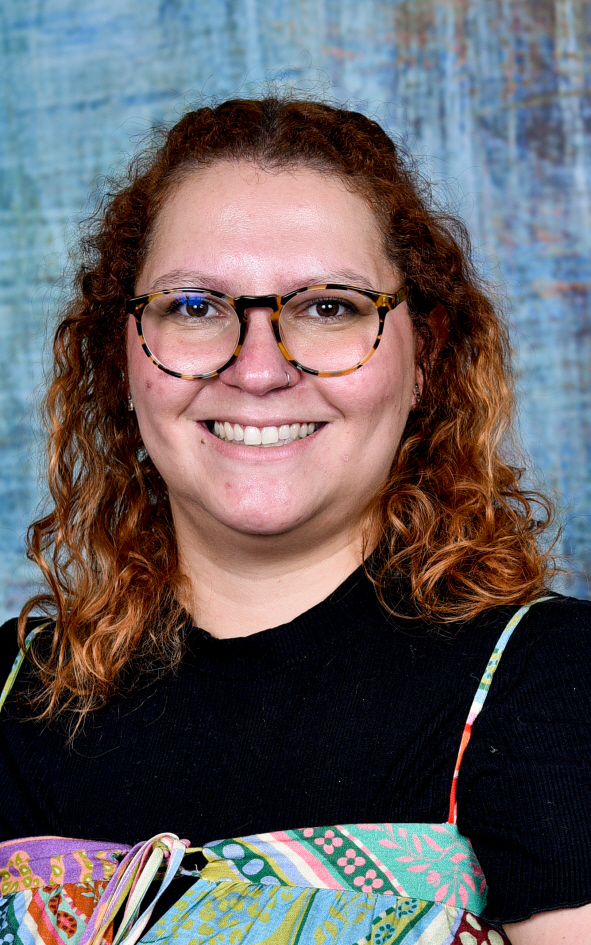Antoine Lavoisier, often called the father of modern chemistry, once said, “In nature, nothing is created, nothing is lost, everything changes.” This quote hits on a universal truth: change is a constant part of life and something we all go through. Some people might welcome change, while others might find it tough.
But no matter how we feel about it, we all experience it and come out on the other side with a fresh perspective. Schools play a huge role in this process, acting as environments where change and growth thrive.
It all starts at home, our first environment, where we’re nurtured and shaped by our families. As kids grow, they step into new spaces—daycare, preschool, and eventually school—each one offering new experiences and opportunities to grow. This journey is well explained by Bronfenbrenner’s model of human development, which highlights how the different environments we interact with throughout our lives shape us.
Think about a young child starting kindergarten. They might feel shy and unsure at first, but as they spend time with teachers and classmates, they start to build social skills, learn new things, and gain confidence.
This growth is driven by what Bronfenbrenner calls the “proximal process”—the regular, meaningful interactions between a child and their surroundings. In this way, schools become more than just places to learn; they’re communities where kids’ personalities and abilities are constantly developing.
A great example of this process is the transition from the Primary Years Programme (PYP) to the Middle Years Programme (MYP) in the International Baccalaureate (IB) curriculum. As students move from PYP to MYP, they face new academic challenges, higher expectations for independence, and more complex social dynamics.
In the PYP, learning is often inquiry- based, focusing on curiosity and foundational skills. When students shift to the MYP, they encounter more demanding academic subjects, critical thinking, and personal responsibility. This change can be exciting but also intimidating.
For instance, a student who excelled in group projects in the PYP might struggle at first with the more independent research required in the MYP. However, with the support of teachers and classmates, the student learns to adapt, developing skills like time management, research, and self-directed learning. This transition reflects Bronfenbrenner’s theory, showing how changes in the environment—from a more guided to a more self-reliant approach to learning—have a big impact on a student’s development.
Vygotsky, another key educational theorist, adds to this by emphasizing the role of culture and social interaction in development. He argues that while children are born with basic mental functions like attention and memory, these are just the starting point. Through social interactions—like working on a group project or talking with a teacher—these basic skills evolve into higher mental functions like critical thinking and problem-solving.
For example, during a classroom discussion about a story, students not only practice communication but also engage in deeper thinking that helps them develop empathy, perspective-taking, and analytical skills. This is where Vygotsky’s idea of the “zone of proximal development” comes in—the space where a child’s learning potential is greatest, just beyond what they can do on their own. Here, teachers play a crucial role as guides.
Teachers help students navigate this zone by providing the support and encouragement needed to tackle new challenges. For example, when a student struggles with a math problem, the teacher might offer hints or ask guiding questions, helping the student find the solution themselves. This approach not only deepens the student’s understanding but also boosts their confidence in their ability to learn and grow.
Neuroscience supports these educational theories with the concept of “neuroplasticity”—the brain’s ability to reorganise itself by forming new connections throughout life. For a child, this means that every new experience and every challenge they overcome physically reshapes their brain.
Imagine a child who initially struggles with reading. With regular practice and support, their brain starts to rewire itself, becoming better at decoding words, understanding sentences, and eventually enjoying reading.
Understanding this process shows just how important the learning experiences your child has at school really are. They’re not just academic tasks; they’re opportunities for deep cognitive and emotional growth. The brain’s incredible flexibility during childhood is a window of opportunity for educators and parents to help children grow in meaningful ways.
In the end, schools are much more than places where knowledge is passed on—they’re environments where change and growth are constant. As parents, recognising the crucial role that schools and teachers play in your child’s development can help you support and guide your child through the many changes they’ll face. Embrace these changes, because they are the stepping stones to discovering a new self, ready to take on the ever-changing journey of life.
Resources
https://alb.org.br/arquivo-morto/edicoes_anteriores/anais16/sem10pdf/sm10ss09_08.pdf
https://www.revistavoos.com.br/index.php/sistema/article/view/48

